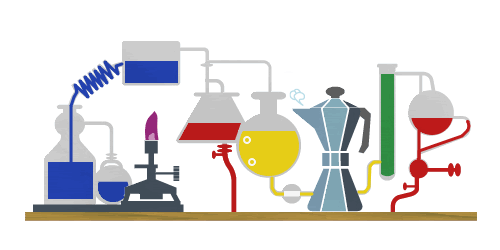We defined biology as the branch of science concerned with the study of living things, or organisms. That definition is pretty straightforward. However, it opens the door to more difficult—and more interesting—questions: What is life? What does it mean to be alive?
You are alive, and so am I. The dog I can hear barking is alive, and so is the tree outside my window. However, snow falling from the clouds is not alive. The computer you’re using to read this article is not alive, and neither is a chair or table. The parts of a chair that are made of wood were once alive, but they aren’t any longer. If you were to burn the wood in a fire, the fire would not be alive either.
What is it that defines life? How can we tell that one thing is alive and another is not? Most people have an intuitive understanding of what it means for something to be alive. However, it’s surprisingly hard to come up with a precise definition of life.
Because of this, many definitions of life are operational definitions—they allow us to separate living things from nonliving ones, but they don’t actually pin down what life is. To make this separation, we must come up with a list of properties that are, as a group, uniquely characteristic of living organisms.
![The Cell Cycle (and cancer) [Updated]](https://i.ytimg.com/vi/QVCjdNxJreE/maxresdefault.jpg)


the cell cycle
Have you ever watched a caterpillar turn into a butterfly? If so, you’re probably familiar with the idea of a life cycle. Butterflies go through some fairly spectacular life cycle transitions—turning from something that looks like a lowly worm into a glorious creature that floats on the breeze. Other organisms, from humans to plants to bacteria, also have a life cycle: a series of developmental steps that an individual goes through from the time it is born until the time it reproduces.
The cell cycle can be thought of as the life cycle of a cell. In other words, it is the series of growth and development steps a cell undergoes between its “birth”—formation by the division of a mother cell—and reproduction—division to make two new daughter cells.
CELL
TRANSPORT
Cell transport is movement of materials across cellmembranes. Cell transport includes passive and active transport. Passive transport does not require energy whereas active transport requires energy to proceed. Passive transport proceeds through diffusion, facilitated diffusion and osmosis.
PLAY
NOW!
Enhance your knowledge about animals while having fun with ZOO Trivia. Know more about the most awesome creatures we have on earth!


